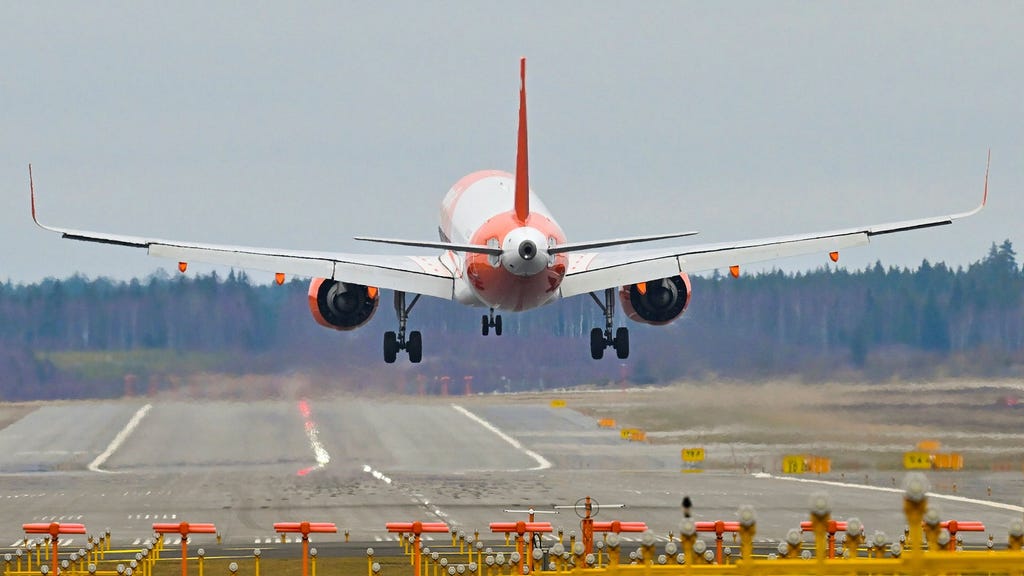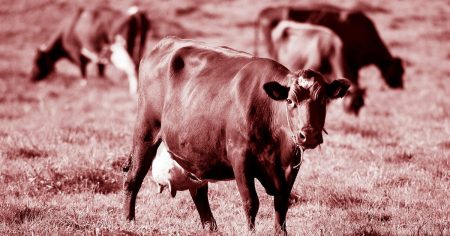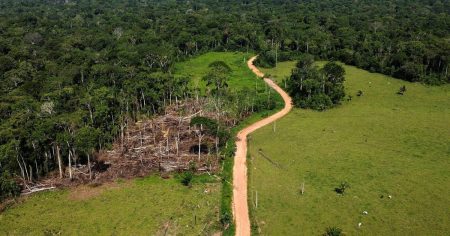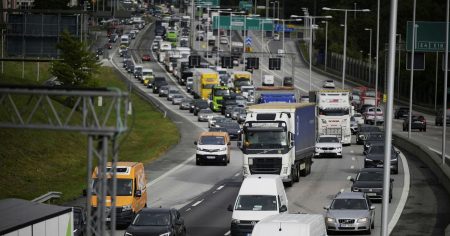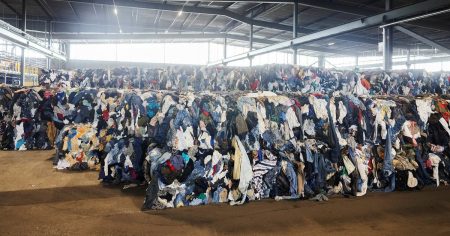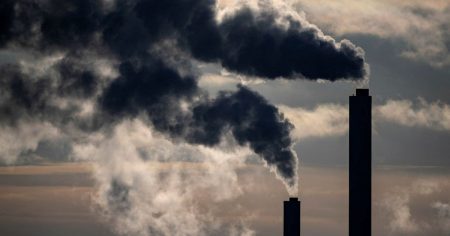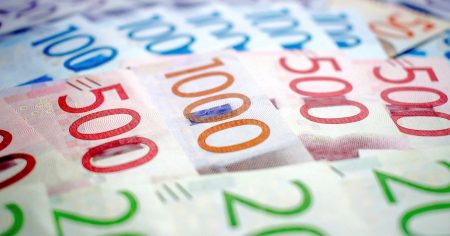On November 28, 2023, a Virgin Airlines Boeing 787 embarked on a groundbreaking journey from London to New York, marking the world’s first fossil-free transatlantic flight. Powered entirely by biofuel derived from used cooking oil, slaughterhouse waste, and animal feed production remnants, this flight symbolized a significant stride towards sustainable aviation. Richard Branson, founder of Virgin Airlines, captured the essence of this achievement, stating that the world often deems something impossible until it’s accomplished. This flight highlighted the aviation industry’s growing focus on Sustainable Aviation Fuel (SAF) as the primary solution for decarbonizing air travel, rather than electric aircraft. The industry’s ambitious climate plans call for the replacement of thousands of billions of liters of fossil fuels with SAF in the coming decades.
However, the path to widespread SAF adoption is paved with challenges, particularly concerning production capacity and cost. A DN investigation reveals significant hurdles that could ultimately burden passengers and taxpayers. The International Air Transport Association (IATA) projects a staggering annual demand of 449 billion liters of SAF by 2050 to achieve net-zero emissions. Current production, however, lags far behind at a mere 0.3% of this target, enough to fuel only a single day of global air travel. In 2024, only 1.3 billion liters of SAF were produced, falling short of the projected 1.9 billion liters. This shortfall is exacerbated by the rapid post-pandemic rebound in air travel, which saw a 32 billion liter increase in fossil fuel consumption in the same year. This stark contrast between the burgeoning demand and the lagging supply underscores the urgency for ramping up SAF production.
The significant disparity between SAF production and projected needs has raised concerns within the industry. IATA has publicly criticized governments for sending ”mixed signals” to oil companies, who continue to receive subsidies for fossil fuel exploration and production, while the need for sustainable alternatives becomes increasingly critical. This highlights the need for policy coherence and increased support for SAF development to accelerate the transition away from fossil fuels. The scale of the challenge is immense: global SAF production needs to increase by a factor of 345 from 2024 levels to meet the industry’s 2050 net-zero targets. This requires not just technological advancements, but also substantial investments and supportive policies to make SAF a viable alternative.
A primary obstacle to SAF adoption is its significantly higher cost compared to fossil jet fuel, estimated to be 2-6 times more expensive. This price differential suppresses demand, leading to delayed or even cancelled investments in SAF production facilities. Shell, for instance, halted plans for a major European biofuel plant in the summer of 2024 due to uncertain demand, illustrating the economic challenges facing SAF expansion. In Sweden, the high cost of SAF has led to non-compliance with national climate mandates, with several fuel suppliers choosing to pay fines rather than meet the 3.5% SAF blending requirement. This has resulted in thousands of tons of excess emissions from domestic flights, a trend deemed ”regrettable” by the Swedish aviation industry.
The high cost of SAF is a recurring theme in explanations for the slow uptake. Both the Swedish Aviation Industry Association and SAS acknowledge the economic pressure on fuel suppliers, stating that paying fines is often cheaper than meeting the SAF blending requirements. However, the introduction of the EU’s Refuel Aviation regulations, which mandate a phased-in SAF blending requirement starting at 2% in 2025 and rising to 70% by 2050, offers a glimmer of hope. These EU-wide mandates are expected to significantly boost demand for SAF, potentially driving down prices through economies of scale and stimulating investment in production. This shift from national to EU-wide regulations is hoped to create a more robust and stable market for SAF, incentivizing production and facilitating the transition towards sustainable aviation.
While the EU mandates are seen as a positive step, some experts express skepticism about the anticipated price reductions. Transport researcher Jonas Åkerman, for instance, points to the looming threat of feedstock shortages. As SAF production scales up, the availability of readily accessible feedstocks like used cooking oil and tall oil will become increasingly constrained. This necessitates the use of more expensive alternatives, such as forestry residues or synthetic fuels produced from captured carbon and electricity, which will likely drive up prices. Åkerman argues that the aviation industry may be underestimating the magnitude of future price increases, given the competition for these resources from other sectors and the inherent cost of synthetic fuel production. The consensus among experts, however, is that air ticket prices will inevitably rise significantly due to these climate mandates, potentially impacting the affordability and accessibility of air travel.
The rising costs are already being felt by consumers. Lufthansa has introduced a surcharge of up to 72 euros per ticket to offset the costs of complying with EU regulations. Other airlines, including International Airlines Group, have also signaled impending price increases. IATA has warned of similar global trends, emphasizing that the transition to net-zero emissions will inevitably translate to higher ticket prices, given the industry’s thin profit margins. Paradoxically, even non-fliers could bear some of these costs, as the Swedish aviation industry relies on public funding to achieve its 2030 domestic flight decarbonization target. The industry’s roadmap assumes that government agencies and municipalities will pay a premium for 100% SAF, effectively transferring some of the cost burden to taxpayers. This underlines the need for political and international cooperation to address the financial challenges of the aviation industry’s green transition and ensure a just and equitable distribution of costs. While the path to sustainable aviation is undoubtedly complex and costly, experts agree that transitioning to SAF is the necessary course of action, even if it necessitates a reduction in air travel volume and an increase in prices. The future of flight hinges on striking a balance between environmental sustainability and economic feasibility, a challenge that demands innovative solutions and collaborative efforts across the industry and beyond.





